Space is a specialized architectural monthly which was first published in 1966 and has been at the vanguard of covering the arts and culture scene here in Korea ever since. The magazine features not only architecture, but also diverse cultural and artistic activities across the spectrum of the fine arts. Space offers its readers a wide variety of architectural news throughout Korea, in Asia, and the world in general. Space has been officially listed on the Art & Humanities Citation Index of Thomson Reuters. 월간 SPACE는 1966년에 창간되어 한국의 건축문화 및 예술 분야를 아우르는 전문잡지로 성장하여 2008년 1월호 부터는 미국 톰슨로이터의 예술/인문학 인용색인에 등재되어 국제적으로도 인증 받는 건축전문잡지로서의 자리메김 하고 있습니다. 월간 SPACE는 미국 및 전세계 주요 국가의 서점 및 온라인을 통해 메거진을 구매 하실 수 있습니다.
This is a bi-lingual title in English and Korean
Space
군산으로 (돌아) 간 사람들
News
Book
Field News
Why Gunsan?: Project Re\Turning Gunsan 왜 군산인가?: 프로젝트 리터닝 군산 • How can small and mid-sized cities struggling with urban hollowing, population decline, and vacant houses find a way forward? Gunsan—a city that began as a port town during the Japanese colonial period and, through cycles of rise and fall, became a place where diverse people and cultures intermingle like a jjamppong (Chinese-style Korean seafood noodle soup). Some have returned to transform the city's declining old downtown into a ‘a neighbourhood alive with residents’. The team behind Project Re\Turning Gunsan aims to revive a cluster of jeoksan (Japanese-colonial-era) houses, formed over a century ago, through architectural intervention, cultural content, and social networks. Loosely connected relationships rooted in friendship and romance attract a wide range of participants – from local youth and merchants to community activists, cultural planners, architects, designers, editors, novelists, artists, and musicians – gradually filling vacant houses and alleyways one by one. Why Gunsan? It's time to hear their story. 도심 공동화, 인구 소멸, 빈집 문제로 씨름하는 중소도시의 출구는 어디에서 찾을 수 있을까? 일제강점기 개항장으로 출발해 흥망성쇠를 겪으며 다양한 사람과 문 화가 짬뽕처럼 뒤섞인 도시 군산. 이곳의 쇠락한 원도심을 ‘사람 사는 동네’로 바꾸겠다고 돌아온 이들이 있다. ‘프로젝트 리터닝 군산’을 위해 모인 그들은 100여 년 전 형성된 적산가옥군을 건축과 콘텐츠, 사람들의 네트워크를 통해 되살리고자 한다. 우정과 낭만을 기반으로 느슨하게 연결된 관계망은 동네 청년과 상인부터 지역 활동가, 문화 기획자, 건축가, 디자이너, 편집자, 소설가, 아티스트, 뮤지션까지 여러 사람들을 불러들이며 빈집과 골목을 하나둘 채워나간다. 왜 군산인가? 이 제 그 이야기를 들어볼 차례다.
고집 피우지 않는 도시, 군산 Gunsan: A City Open to Change
프로젝트 리터닝 군산 Project Re\Turning Gunsan
다시, 피가 돌다 Once Again, Back to Life
프로젝트의 시작: 군산에 좋은 놀이터를 만들어보자 Project's Beginning: Let's Build a Great Playground in Gunsan
공간 만들기: 세월의 멋이 근사하게 스며들 Making Space: With the Beauty of Time
군산, 책, 도시: 예술 서점이고 가끔 전시도 엽니다 Gunsan, Books, Cities: It's an Art Bookstore and Sometimes an Exhibition Space
군산 사용법 Gunsan's Colonial City Block: An Indigenous User's Manual
소설가의 도시, 군산 The Novelist's City, Gunsan
플라토 현대 아트 갤러리 Plato Contemporary Art Gallery • KWK Promes KWK 프로메스
포인트투파이브세컨드 성수하우스 Pointtwofive.Second Seongsu House • Sophie Hicks Architects + YOAP architects 소피 힉스 건축+요앞 건축사사무소
남해 로컬푸드 직매장 Namhae Local Food Market • Of Architecture + Save Architects 오브아키텍쳐+세이브종합건축사사무소
함께하는 현장을 만들어내는: 김원일 Building Together On-Site: Kim Wonill
중소도시의 밖: 비인간의 건축 Beyond the Mid-Size City: The Architecture of the Non-Human • 이번에는 수도권–지방의 구도를 벗어나 지방 중소도시 속으로 더욱 깊숙이 들어가보자. 소멸의 그림자가 더욱 짙게 드리운 농촌 지역이 있다. 인간이란 존재가 희박해진 그곳에서 건축은 더 이상 사람을 위해 작동하지 않는다. 공동체가 해체되고 사라진 집과 학교의 빈자리를 채우는 것은 축사, 정미소, 태양광발전소와 같은 ‘비인간의 건축’이다. 이들은 철저히 기능과 효율에 기반해 지어지며 점점 더 커지고, 기계화되어간다. 이를 말하는 중소도시포럼의 묘사가 지금의 현실인지 근미래 공상과학물의 한 장면인지 혼란스럽다. 조용히 그러나 급격하게 낯선 시대에 접어든 농촌의 풍경을 전망해본다.Beyond the familiar opposition of capital and province lies a deeper story—that of the provincial small and medium sized (hereinafter mid-size) city. In rural areas, the shadow of decline is even more pronounced....
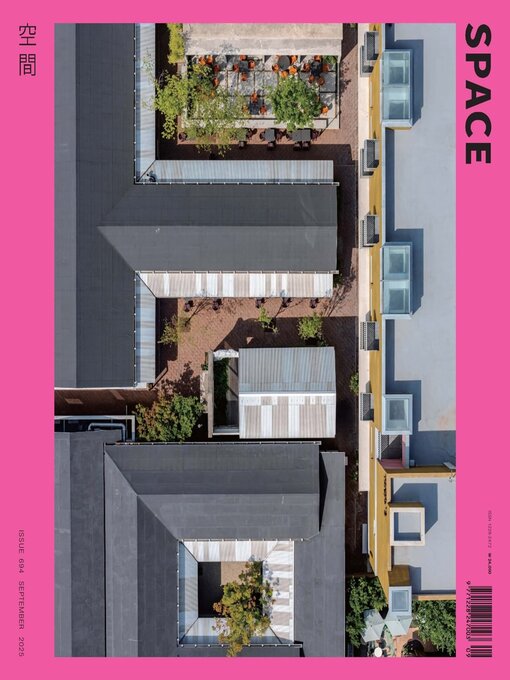
 Sep 01 2025
Sep 01 2025
 Aug 01 2025
Aug 01 2025
 Jul 01 2025
Jul 01 2025
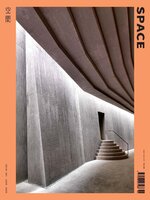 Jun 01 2025
Jun 01 2025
 May 01 2025
May 01 2025
 Apr 01 2025
Apr 01 2025
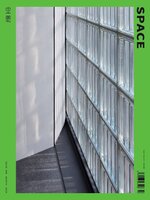 Mar 01 2025
Mar 01 2025
 Feb 01 2025
Feb 01 2025
 Jan 01 2025
Jan 01 2025
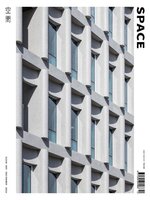 Dec 01 2024
Dec 01 2024
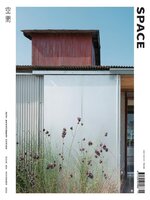 Nov 01 2024
Nov 01 2024
 Oct 01 2024
Oct 01 2024
 Sep 01 2024
Sep 01 2024
 Aug 01 2024
Aug 01 2024
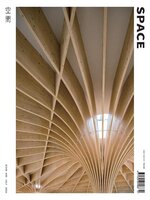 Jul 01 2024
Jul 01 2024
 Jun 01 2024
Jun 01 2024
 May 01 2024
May 01 2024
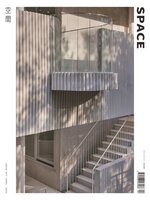 Apr 01 2024
Apr 01 2024
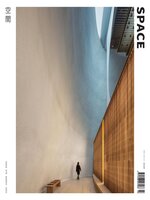 Mar 01 2024
Mar 01 2024
 Feb 01 2024
Feb 01 2024
 Jan 01 2024
Jan 01 2024
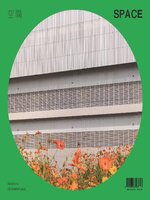 Dec 01 2023
Dec 01 2023
 Nov 01 2023
Nov 01 2023
 Oct 01 2023
Oct 01 2023